Of Seoul’s “Five Grand Palaces” from the Joseon Dynasty (1392-1910), the Gyeonghuigung summer palace in Seoul (경희궁) is situated the farthest west of the main palace, Gyeongbokgung (경복궁).
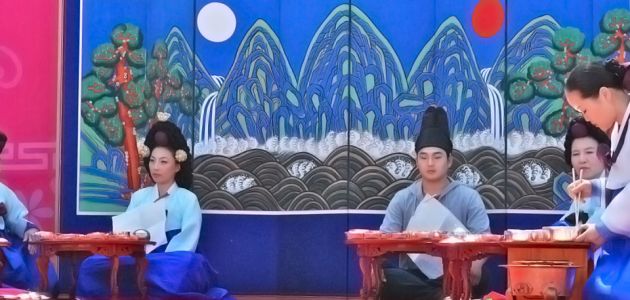
After construction was completed in 1623, some ten Korean kings made use of its grounds. But while it’s called a palace today, it was recognized as a royal villa during the Joseon period.
Nevertheless, at its peak, the complex comprised an astounding 100 buildings.
In fact, a rendering of the Gyeonghuigung summer palace in Seoul circa 1820 shows an elaborate and extensive series of major buildings, walls, residences and gardens that were connected by an arched bridge to Deoksugung palace (덕수궁) , which now stands opposite City Hall (시청).
Sadly, virtually the entire complex was razed by the Japanese during their colonial occupation, much of it to build a school for Japanese children living in Seoul.
While Gyeonghuigung endured almost total destruction and its site was left for decades nearly untouched, in the late 1980s the Seoul city government used the original foundation stones to reconstruct several buildings.

Today, the Gyeonghuigung summer palace in Seoul complex includes the main hall, named Sungjeongjeon (숭정전).
The original façade was sold to the Japanese during the colonial period and the building itself was moved to the campus of Dongguk University where it remains, so the current replica dates only to 1987.
But another structure has an even more interesting history. Heunghwamun (흥화문), is currently the palace’s front gate. I say “currently,” because originally, the gate faced eastward but was moved to its current location in 1932 by the Japanese, who established the Bangmunsa Shrine to honor their first resident-general in their colony.
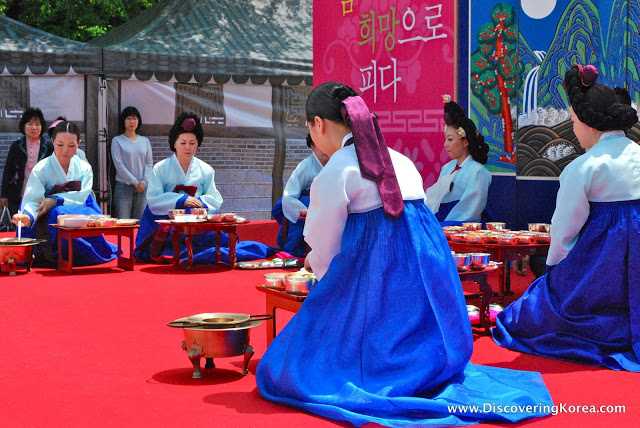
After Korea’s liberation, the Gyeonghuigung site was converted into an official government guest house. A few years later, the guest house became the original Shilla Hotel, with Heunghwamun acting as its front gate.
When reconstruction efforts began in earnest in 1988, the gate was moved to its current location. Another note of interest to architecture lovers: the gate’s single story is yet more evidence that Gyeonghuigung was intended as only a royal villa, since palace gates usually feature two-stories.
Two other important buildings on the palace site are Jajeongjeon (자정전) and Taeryeongjeon (태령전).
While the former was used first as a royal office and later as an ancestral shrine, the latter’s original purpose remains unclear. Finally, a couple of natural elements also enhance the junior palace.
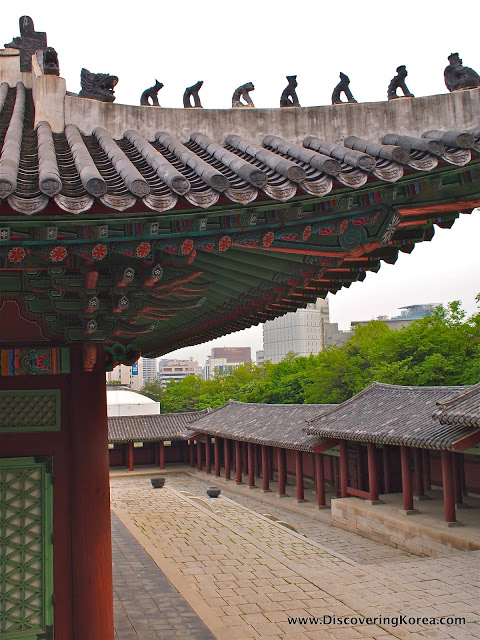
Seoam (서암), a large rock located on the palace’s northwest corner, was regarded as auspicious sign, enough to compel Prince Gwanghae to build the royal villa there in the first place.
Today, a trickle of spring water still flows down from the rock and through the grounds.
Even following the successful reconstruction, the Gyeonghuigung summer palace in Seoul remains the least conspicuous of the Joseon royal palaces.
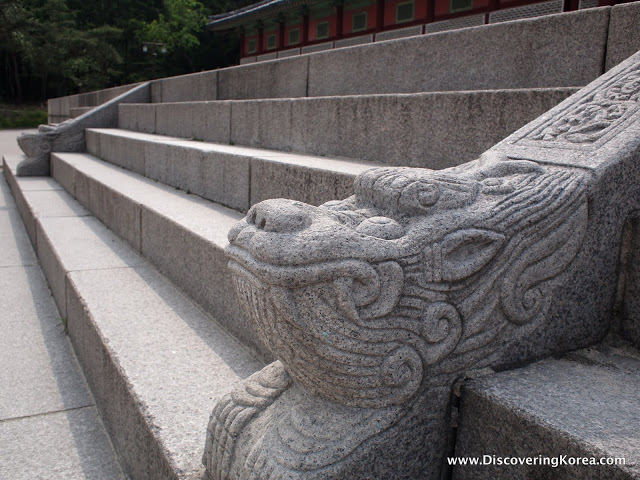
Located just outside the downtown core, it lacks the central location of Gyeongbokgung or UNESCO World Heritage List designation of Changdeokgung palace (창덕궁) . It’s for these reasons that it doesn’t make it onto many traveler’s itineraries.
This relative obscurity, however, is also among the Gyeonghuigung summer palace in Seoul‘s greatest attractions. While the current complex is modest, it’s definitely worthy of a look around.
Just an hour is probably sufficient to take a leisurely walk admiring the architecture and reading the info plaques.
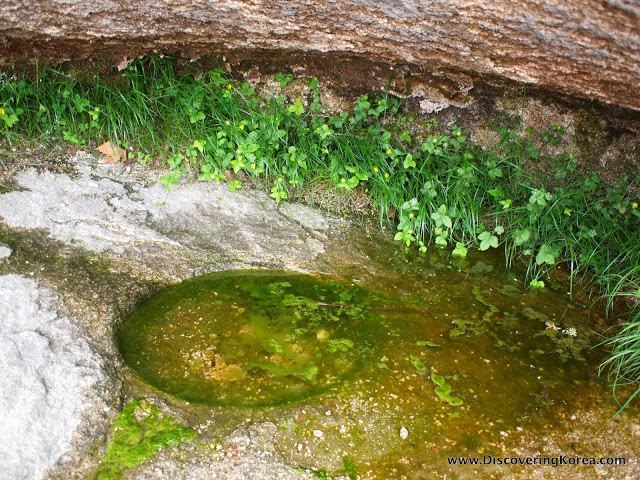
When I visited, I virtually had the place to myself, and there were several places both inside the palace walls or on the grounds where it would be nice to bring a book.
One of the best sites and views can be found behind the palace’s rear wall. From the elevated vantage point, the symmetrical and serene grounds of this former royal villa are a nice counterweight to the busy chaos of Gwanghwamun in the distance.

Finally, another palace perk is its proximity to the Seoul Museum of History (서울역사박물관).
So, after wandering around the Gyeonghuigung summer palace in Seoul, why not head next door for a deeper exploration of Seoul’s ancient history?
For Your Information…
| Open: | 09:00-18:00 (summer), 10:00-18:00 (winter), Closed Mondays |
| Admission Price: | Free |
| Address: | Seoul Jongno-gu Sinmunno 2(i)-ga 2-1 |
| Directions: | Seodaemun Station (#532) on Line 5, Exit 4 |
| Phone: | 02-724-0274~6 |
| Website: | Official Site |
About Matt Kelley
Matt Kelly is native of the US Pacific Northwest and is half-Korean by ethnicity. He lived in Korea for five years and has written hundreds of travel guides for Wallpaper, TimeOut, the Boston Globe and Seoul Magazine and was a host for several different variety shows on Korean radio and television.
